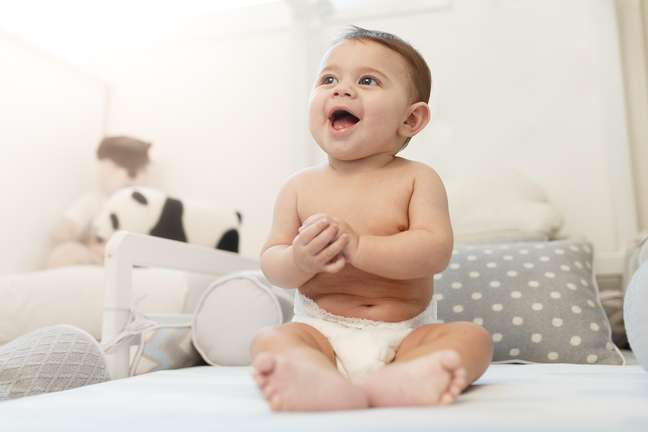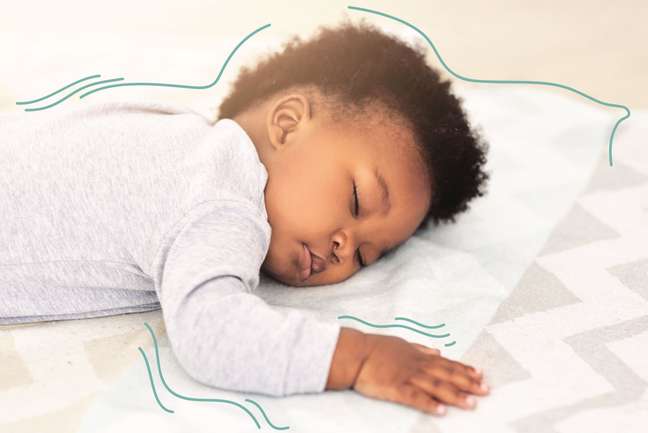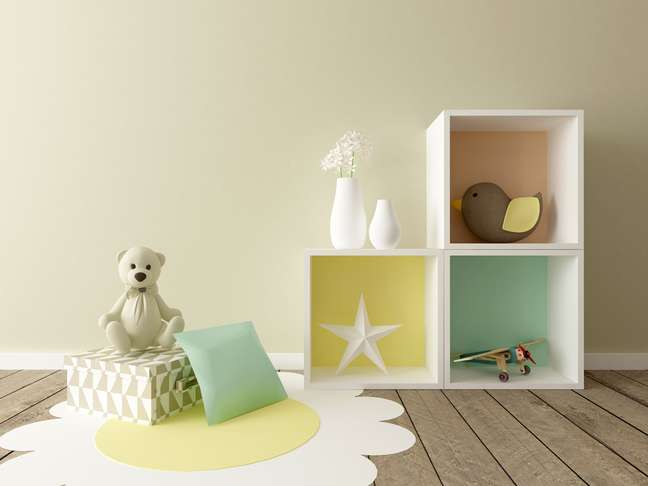Understand why planning spaces in a conscious and proactive way is so important and learn how to create an ideal environment for your child.
Have you ever heard of neuroarchitecture? The term, which originates from the fusion between neuroscience and architecture, refers precisely to the intersection between these two sciences, seeking elements for understand the influence of physical space on the way people behave in it.

Specialists Gabi Sartori and Priscilla Bencke, founders of the Academy of Neuroscience and Architecture, explain, for example, how you can create environments that meet specific goals, “as promote relaxation, concentration, well-being, belonging, concentration, among others. For this, the influences that different parameters cause on human behavior are studied: colors, lighting, acoustics, temperature, plants, smells, textures, angles and curves “, they detail.
Also according to the architects, the culture of each region also counts in the development of these spaces, as well as age, gender and lifestyle.
child’s room
When you think about the baby’s room project, some main characteristics immediately come to mind: a theme, a character, a color palette … And although these questions are really important for the family, it is worth thinking about how to do. that space an environment that helps to calm the little one.
“Thinking about the child’s peace of mind is essential. We must keep in mind that it is, even if outside the womb, in the development phase, and that it will remain in this condition for a long period of its life, including the development of the brain “, recall the professionals.

choice of colors
Since the first color that the little ones identify is red, it is worth choosing carefully which shades will make up their room. “If the goal is tranquility, with less stimulation to keep you alert, the ideal is to think of neutral colors”, guide Gabi and Priscilla. However, they point out that, to stimulate sight, it is interesting that there is contrast in some parts of the room, with more vivid colors. “There is no right and wrong, it varies according to the goal”, they ponder.
That is, if there is space, it is worth making a corner for activities with more contrasting tones. This doesn’t necessarily mean bright wallpaper or paint; pillows and other items can perform this function very well.
light and sound
“As a human species, we are led by the lighting – regulates our biological clock, making our body work in the day and night cycle (sleep and wakefulness). For the child this is also fundamental, as light transmits information that is fully necessary for the functioning of his body “, recall the architects.
Therefore, it is important imitate as much as possible how lighting works in nature. This way the baby understands when it is day or night, which is essential for regulating sleep and nutrition, for example. On the other hand, babies have different needs, so opting for good blackout curtains or curtains will definitely help with nap times.
In addition to light, ambient sounds also help to make it more or less calming. A room away from street noise, for example, tends to be more suitable for children, but has similar characteristics music or sounds (such as “white noises”) can bring relaxation and even help the child understand the routine – knowing that this is the lullaby, that this is the nursery rhyme, among others.

Shoo, mess ?!
If you are the typical organized person who starts thinking about decorating from boxes, niches and baskets – already visualizing all the toys very well kept – it is best to take it easy when it comes to the children’s room.
“Clutter can bring different sensations to people, such as anguish, stress or anxiety … However, for children, highly functional and nominalistic environments can generate an inverse effect, even later in adulthood “alert Gabi and Priscilla.
The idea is that the environment is not messy, but that it has life, personality – and this is sometimes complicated in very minimalist or highly organized spaces. “Children need to have as many elements as possible that awaken their belonging”, they underline.
A space to explore
Finally, it is worth remembering that a space that gives the child autonomy can make a difference in his development. Already from six months onwards it is interesting for the baby to be able to move around the room alone – for this, of course, the environment must be safe..
Montessori elements (like the famous floor walk) are great options, as are furniture with rounded corners and rugs that make everything cozier. “Mirrors are also positive, as they help the child create identity, allowing you to understand yourself as an individual. It is from that space that he will begin to understand the world “, conclude the architects.
+The best content in your email for free. Choose your favorite Earth Newsletter. Click here!
Source: Terra
Benjamin Smith is a fashion journalist and author at Gossipify, known for his coverage of the latest fashion trends and industry insights. He writes about clothing, shoes, accessories, and runway shows, providing in-depth analysis and unique perspectives. He’s respected for his ability to spot emerging designers and trends, and for providing practical fashion advice to readers.








